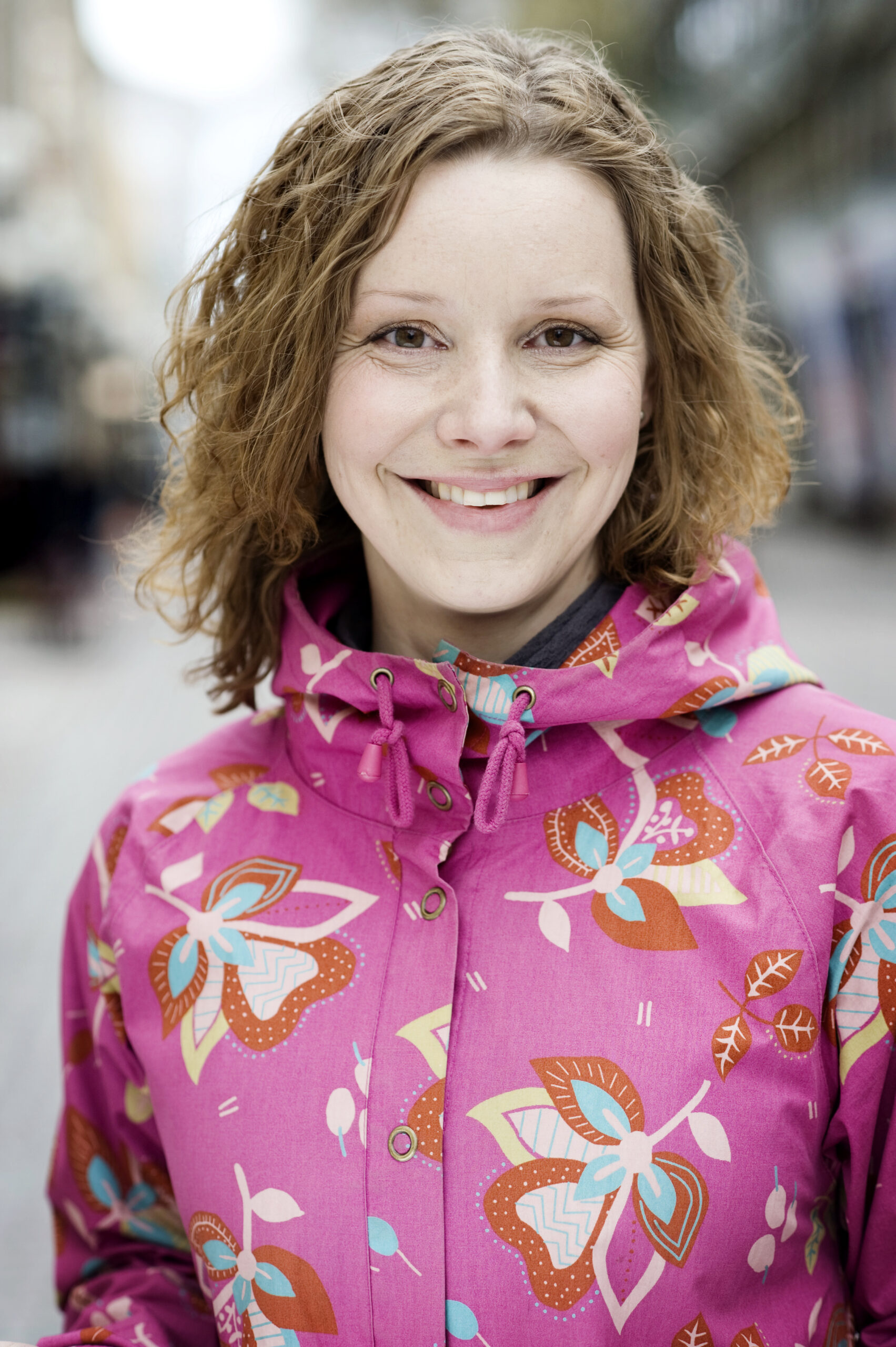Press release 18 March 2013
The places that children perceive to be the most risky are roads, buildings, the outdoors, their homes and playgrounds. These are the findings of an analysis of photographs taken by children from across the whole of Sweden.
“I was most surprised by how many children identified crowding on the stairs as a risk,” said Erika Wall, who led the ‘Picture of Risk’ research project.
As part of the project, over 700 photographs and accompanying comments taken by schoolchildren across Sweden have been analysed and categorized. Five main risk environments have emerged: children perceive that the greatest risk of injury occurs on roads, in buildings, outdoors, in the playground and at home.
“This is an entirely new approach and we now know a lot more about what young people perceive as risky,” says Erika Wall, a sociologist at the Risk and Crisis Research Centre at Mid Sweden University.
In addition to dangerous stairs, children also photographed roofs and windows, which present a fall risk. On the roads, children highlighted a lack of pedestrian crossings, drivers who talk on mobile phones and speeding. Outdoors, children mentioned slipping over and even environmental degradation as causes of injury. In the playground, the risks related to swings, wooden planks, fences and apparatus. In the home, the photographs showed lit candles, sharp knives, and electrical sockets as well as sharp edges and appliances.
”The best part has been getting to see all these children and young people’s personal visual expressions of precisely what they perceive as serious risks in their everyday lives,” says Erika Wall.
In addition to the five main areas, dark passages, loneliness and food that have gone bad were also illustrated. The study also showed that young people perceive that the risk is greater if they are involuntarily exposed to something, for example, traffic, than something that is done voluntarily, such as a leisure activity.
The mass experiment was carried out during the 2012 Researchers’ Night science festival in collaboration with VA (Public and Science) and the Swedish Civil Contingencies Agency (MSB) using the website Dinsäkerhet.se.
“Thanks to all students and the involvement of their teachers, progress in this area of research has been made and accidents among young people can be prevented. We also hope that through their participation in a research project, young people’s interest and understanding of what research is and involves will increase,” says Karin Larsdotter, Project Manager at VA.
Some of the children’s photographs will be display in conjunction with the ‘Risk Centre’ exhibition at the Museum of Architecture in Stockholm, that opens on 21 March.
For more information:
Erika Wall, sociologist at Mid Sweden University, 063-16 55 92, erika.wall @ miun.se
Karin Larsdotter, Project Manager at VA, 070-255 38 91, [email protected]
Maria Nilsson, Project Manager MSB, 08-240 42 45, [email protected]
- The report: Picture of Risk – how children and young people perceive risks in everyday life
- High-resolution press images
- More images of children and young people taken during the “Picture of risk” research project
- More about the mass experiment
- Educational materials for teachers and pupils who want to learn more about risk and safety
Researchers’ Night is celebrated annually around Europe on the fourth Friday in September. Events in Sweden are organised by universities, municipalities and science centres and coordinated by VA (Public and Science) with support from the European Commission, the Swedish Research Council and VINNOVA.

